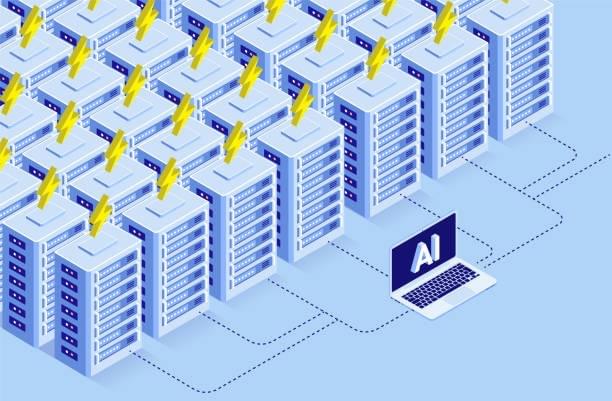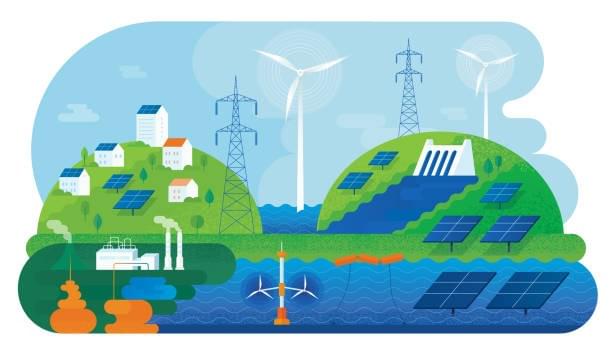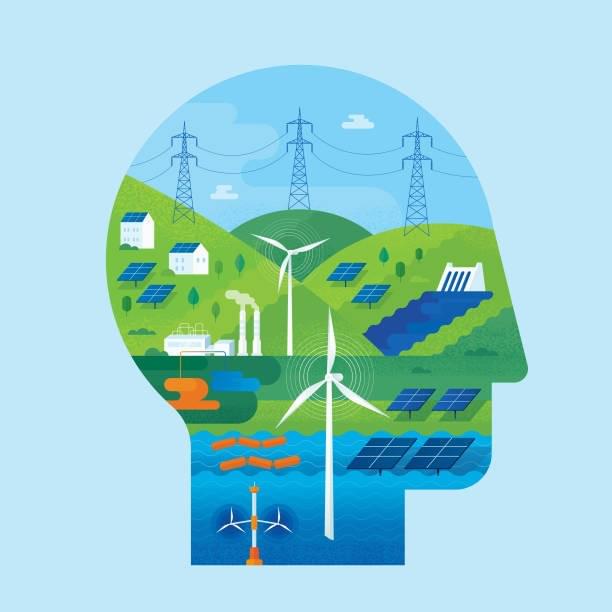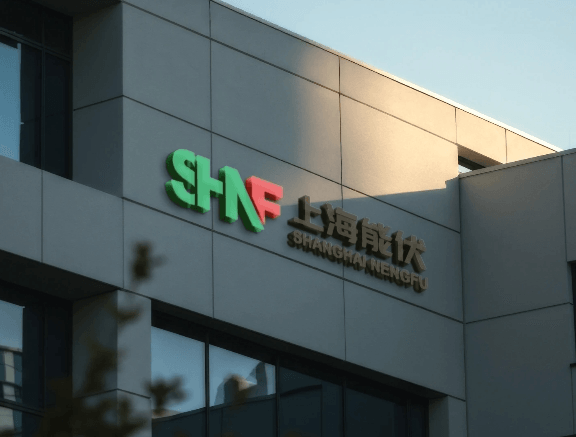Introduction
The transition toward a green economy introduces unprecedented challenges to our power systems. As industries increasingly rely on electricity, and as electric vehicles become more prevalent, our aging power grids face mounting pressure to deliver reliable and sustainable energy. Simultaneously, the diversification of energy sources—from large-scale wind farms to rooftop solar panels—has created a complex ecosystem that traditional management approaches struggle to navigate. Artificial intelligence emerges as a game-changer in this landscape, offering innovative solutions to optimize, predict, and balance our evolving energy needs while supporting sustainability goals.

The Green Economy's Impact on Power Systems
Today's power infrastructure wasn't designed for the demands of tomorrow. The green shift brings several critical challenges:
- Growing electricity demand from industry, transportation, and residential sectors
- Intermittent power generation from renewable sources like wind and solar
- Decentralized energy production through distributed sources
- Aging infrastructure ill-equipped for bidirectional energy flows
- Need for real-time balancing of supply and demand across interconnected markets
These challenges require not just incremental improvements but transformative approaches to how we manage, distribute, and consume electricity.

AI-Powered Production Planning
Balancing electricity supply and demand is no longer just a technical requirement—it's the foundation of a functioning green economy. Traditional production planning relies on complex mathematical models that:
- Require enormous computational resources
- Must account for countless variables and scenarios
- Often cannot deliver timely insights for real-time decision-making

Machine learning models offer a revolutionary alternative. By analyzing patterns in historical data and continuously adapting to new information, AI can:
- Dramatically reduce computation time for short-term planning
- Provide more accurate forecasts of demand and supply
- Enable real-time decision support for grid operators
- Adapt to market changes across interconnected power systems
The result is more efficient resource allocation, reduced wastage, and a more responsive power system capable of handling rapid fluctuations in both supply and demand.

Optimizing Hydropower Flexibility with AI
Hydropower represents one of our most valuable energy resources—a "green battery" that can be regulated to balance variations in both demand and other renewable energy sources. The strategic management of water reservoirs becomes increasingly critical as we integrate more intermittent energy sources like wind and solar into our grids.
AI, particularly reinforcement learning algorithms, transforms hydropower management by:
- Identifying complex relationships between water value, power price, and inflow
- Learning continuously from new data to adapt to climate change and market developments
- Optimizing when to store water and when to generate power
- Accounting for seasonal variations and long-term climate trends
By combining these AI methods with traditional approaches, hydropower operators can maximize both the economic and environmental value of their resources while helping to stabilize the broader energy system.

Intelligent Maintenance Solutions
Infrastructure maintenance represents a critical but often overlooked aspect of energy system efficiency. The traditional approach of fixed maintenance schedules often results in either unnecessary work or unexpected failures. AI enables a shift toward predictive maintenance by:
- Analyzing equipment performance data to detect early signs of deterioration
- Identifying optimal maintenance windows when outage impacts would be minimal
- Recognizing anomalous conditions that might indicate misconfiguration or wear
- Optimizing maintenance resources across complex infrastructure networks
Data-driven predictive maintenance doesn't just reduce costs—it enhances system reliability by preventing failures before they occur and extending the useful life of critical infrastructure components.

Smart Grid Management and Optimization
As power grids face increasing loads and aging infrastructure, grid companies must find ways to optimize existing networks rather than always building new ones. AI offers powerful tools for grid optimization:
- Analyzing historical usage patterns to predict future demand
- Identifying the optimal balance between network utilization and outage risk
- Optimizing delivery reliability through intelligent load balancing
- Detecting and responding to anomalies in near real-time
By deploying these technologies, grid operators can postpone costly infrastructure upgrades while maintaining or even improving service reliability—a win-win for both consumers and providers.

Industry Application: Transforming the Energy Sector
Companies like Nengfu Electrical are already seizing opportunities in the development of new power systems by leveraging AI to drive digital transformation across the energy sector. By specializing in electrical system solutions and engineering services—from diesel and gas generators to electrical cabinets and EPC services—forward-thinking companies are integrating AI into their product development and service offerings.
These industry pioneers demonstrate that AI isn't just a theoretical solution but a practical tool being deployed today to enhance product performance and reliability while supporting the transition to greener energy systems.

Conclusion
The green economy isn't just changing what energy we use—it's fundamentally transforming how we generate, distribute, and consume power. As renewable sources become increasingly dominant and as electricity demand continues to grow, artificial intelligence provides the sophisticated tools we need to manage increasingly complex energy systems.
From optimizing hydropower resources to enabling predictive maintenance, from balancing supply and demand in real-time to maximizing the value of existing infrastructure, AI is becoming the brain that powers our evolving energy landscape. The companies and utilities that embrace these technologies will be best positioned to thrive in an era where electrical systems must be not just green, but also smart, responsive, and resilient.
The future of energy isn't just renewable—it's intelligent. By harnessing the power of artificial intelligence, we can build power systems that are not only more sustainable but also more efficient, reliable, and adaptable than ever before.